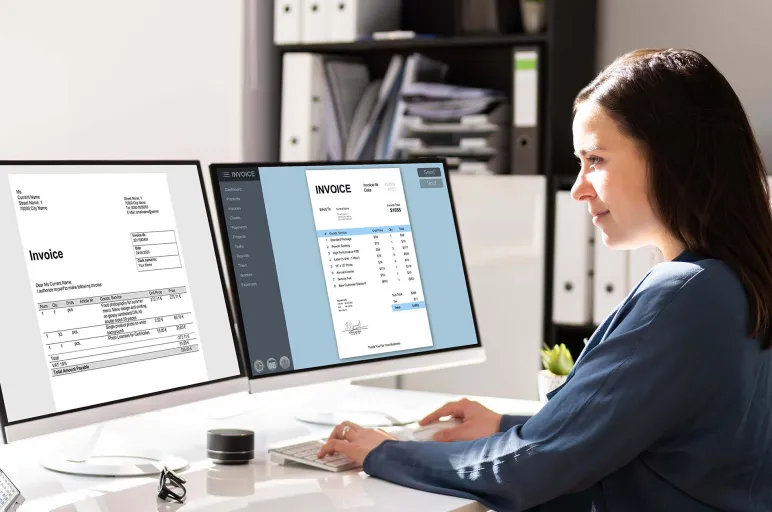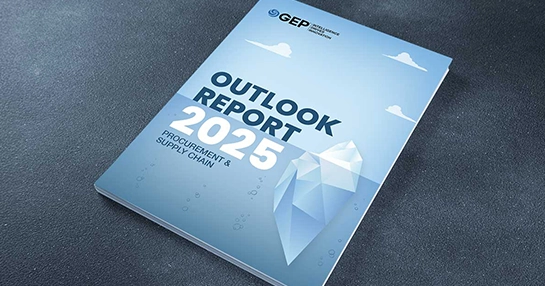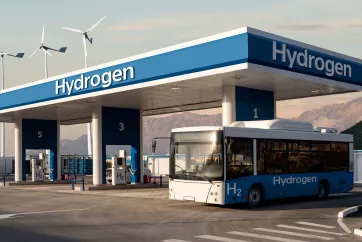
What is Invoice Cycle Time (And Why It Matters for Your Business)
- Invoice cycle time helps to measure the efficiency of accounts payable processes.
- Manual processes increase the invoice cycle time, delaying payments and leaving suppliers frustrated.
- AP automation software expedites invoice processing and approval, enabling accounts payable to do more with less and build strong relationships with suppliers.
April 08, 2025 | Accounts Payable
Imagine there are 10 invoices pending during a month and the accounts payable team processes six invoices during this period. This leaves four invoices unpaid.
While this may seem trivial, it can impact the business in the long term. Repeated instances of late payment can frustrate your suppliers.
Now imagine you are a supplier and supply goods to two businesses. The first one takes 10 days to pay your invoice while the second pays your invoice within three working days.
Who among these two would you like to do business with in the long term? The second one, no doubt.
So, how can you ensure that invoices are processed and paid on time? Let’s find out.
What is Invoice Cycle Time?
Invoice cycle time is the total time it takes your accounts payable to process an invoice after it is received. A key metric for accounts payable, invoice cycle time is one of the ways to measure the efficiency of accounts payable processes.
Invoice cycle time includes:
• Invoice receipt
How long do you take to receive the invoice and enter its details into the system?
• Invoice validation
The next step is to verify the details of the invoice. Teams do a three-way match, matching the invoice to purchase order and delivery receipt.
• Invoice approval
Once the invoice is validated, it needs to be approved. This often takes a lot of time as the invoice may remain on the approver’s desk for days or even weeks. Approval time can vary for different businesses depending on internal approval processes. Invoices over a certain threshold may also need a second approval, which further extends the cycle time.
• Invoice payment
Once the invoice is approved, it is sent back to accounts payable and scheduled for payment. While this should be straightforward, payment may get delayed in case there are multiple invoices due for payment.
Why Invoice Cycle Time Matters
Invoice and purchase order mismatches can hold up things. Costs also go up when invoices are routed incorrectly or remain unchecked by the approvers. These delays in manual processing mean you miss out on early payment discounts.
More importantly, repeated instances of late payment can hurt your relationships with suppliers. Over a period, they may prioritize sending supplies to other businesses that pay their invoices quickly.
Invoice cycle time also helps manage financial obligations with greater precision. When teams understand invoice cycle times, they can better manage cash flows and predict payment schedules more accurately.
Average Invoice Cycle Time
Invoice cycle times vary depending on manual or automated processes. When you do things manually, invoice cycle times can range between seven and 13 days. Automation brings down the cycle time to three to four days.
Best-in-class companies have an average invoice cycle time of 2.8 days, according to the American Productivity and Quality Center (APQC). For companies using manual processes, this can take more than seven days.
According to Ardent Partners’ State of ePayables 2024, the average AP organization takes 9.2 days to process a single invoice. Best-in-class organizations take 3.1 days to process a single invoice. These organizations leverage automation to improve processes related to invoice receipt, approval workflows, and payment scheduling, states the Ardent Partners report.
The above data clearly shows the advantages of automating accounts payable workflows. Accounts payable teams that automate processes spend less time on traditional work, like entering data into their systems manually, routing invoices for approval, or attempting to manage exceptions without full context and visibility, adds the report.
How to Improve Invoice Cycle Time
There is little chance of improving cycle time if you continue to process invoices manually. To overcome the bottlenecks in accounts payable, expedite invoice processing and approval, and bring down the cycle time, you must replace all manual tasks with automated workflows.
AI-powered automation streamlines accou/blog/technology/transforming-accounts-payable-paperless-invoicingnts payable processes, reducing errors and accelerating invoice processing times. This enhances efficiency and allows the function to utilize its resources for more strategic work.
Also Read: AI in Accounts Payable: Redefining Efficiency for Procurement Leaders
Automation simplifies three-way matching by automatically validating invoices against corresponding purchase orders and shipping receipts. It routes invoices electronically where they need to go for approval and then routes them back to accounts payable for quick processing.
Automation also checks any duplicate payments and reduces the possibility of fraud. It allows you to go paperless while providing easy access to all relevant data and files.
Also Read: Transforming Accounts Payable: The Shift to Paperless Invoicing
To know more benefits of accounts payable automation and take advantage of those early payment discounts, check out GEP’s AI-powered AP automation software.



